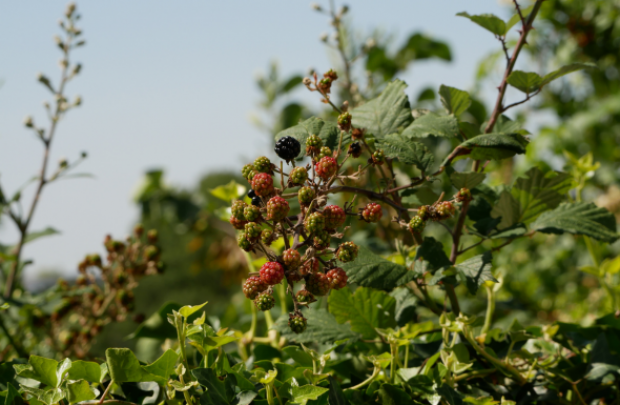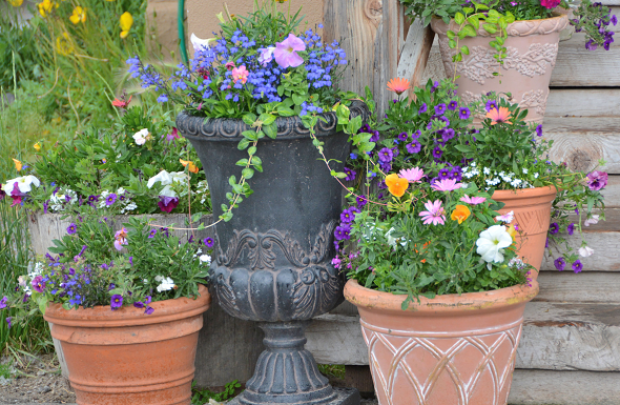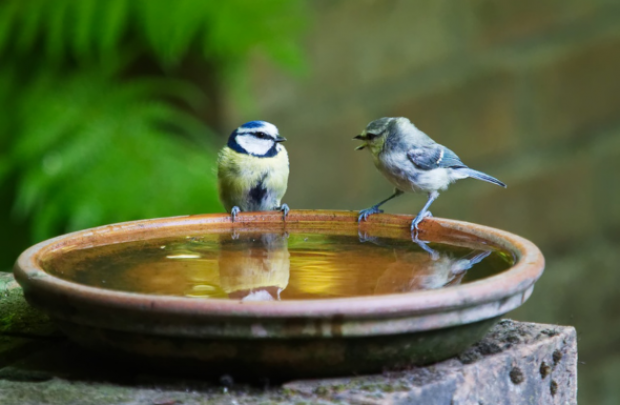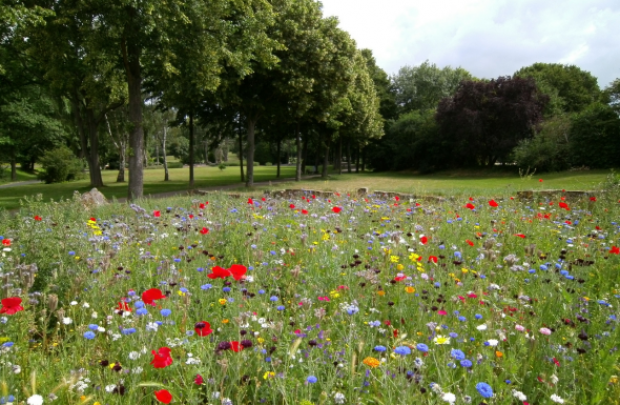What to spot in summer
By Daniel Vickers, Zoology, Bangor University
There is more to enjoy in the summer season than just the (hopefully) warm sunny days! Summer also provides an abundance of wildlife, from returning individuals to the beginning of new life. So making the most of summer is more than just picnics and BBQs - try taking in the sights of nature.
Insects
Insect life is at its highest abundance in summer, from dragonflies hanging around ponds to butterflies fluttering around your flowers as they bloom.
Damselflies and Dragonflies
With 23 species of damselfly and 17 species of dragonfly residing in the UK, they are a common sight in a range of habitats from hedgerows to ponds.
A common species of damselfly which can be spotted in and around any body of water, including garden ponds, is the common blue damselfly. These can be spotted from April to September.
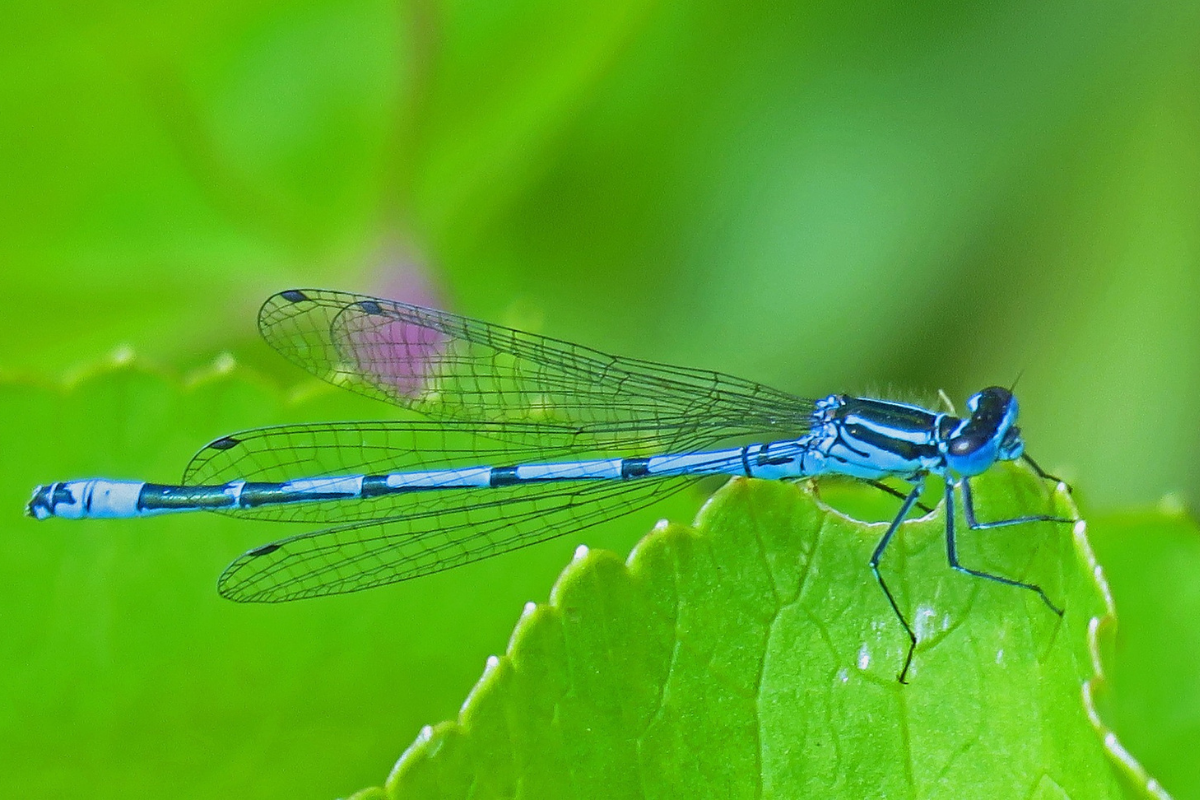
The emperor dragonfly can be spotted between June and August, mostly around large ponds and lakes as it rarely leaves bodies of water. These are one of the largest species of European dragonfly with a length of 7.5 - 8cm.
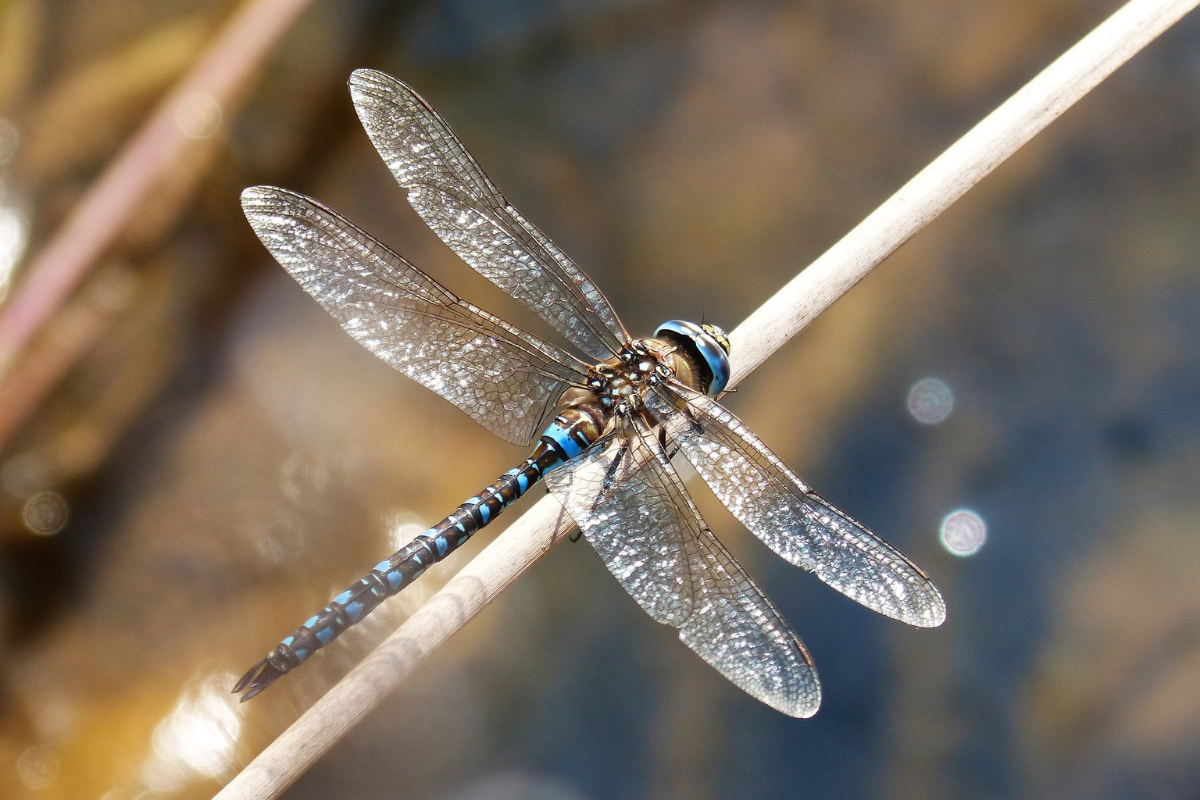
Hummingbird hawk-moth
Beginning their life as caterpillars from June to October and then spending winter in cocoons, these moths have their flight season from May through to September.
Found in areas from coastal paths to gardens and urban areas, these moths can be found throughout the UK.
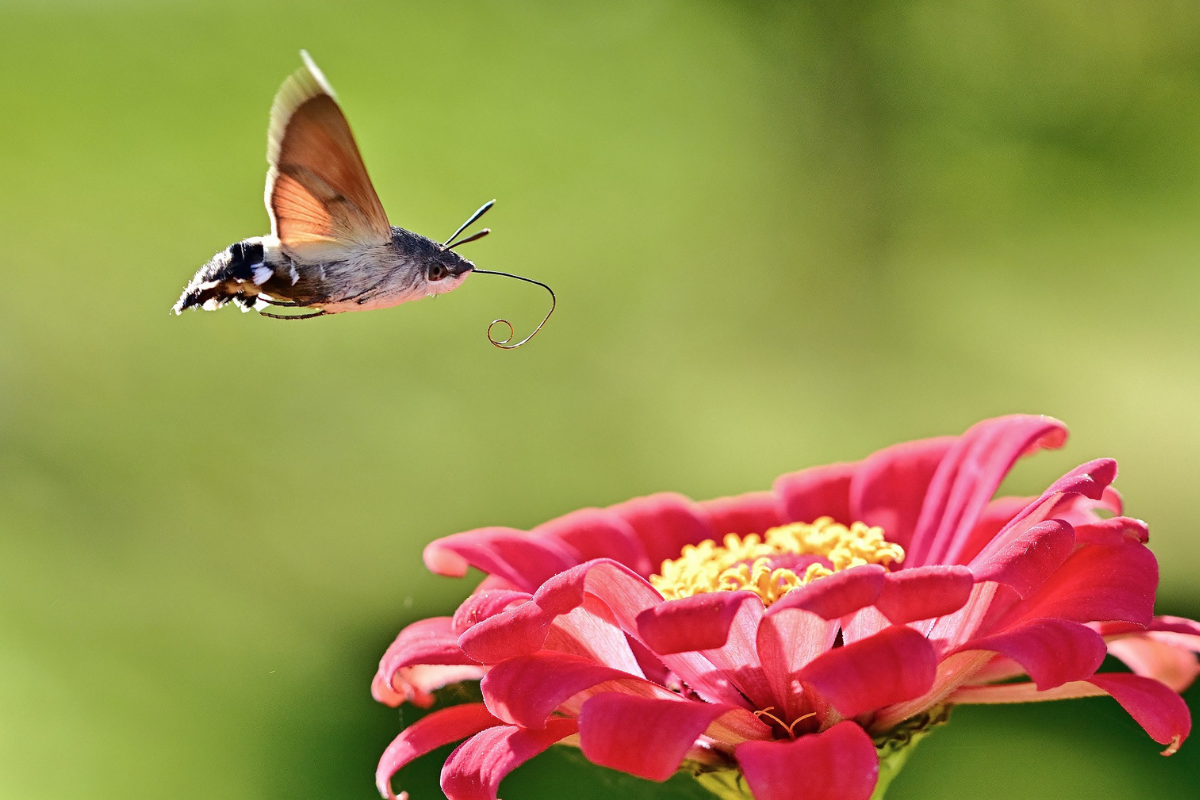
Mayfly
These are inhabitants of freshwater habitats throughout the year with increased population sizes over the summer months. Their lifespan can be as little as a few hours in some species and can begin in a mass hatching event that includes hundreds of them hatching simultaneously.
With the and egg and larval stage of their lives being spent underwater, remaining close to a freshwater source is a necessity for the mayfly.
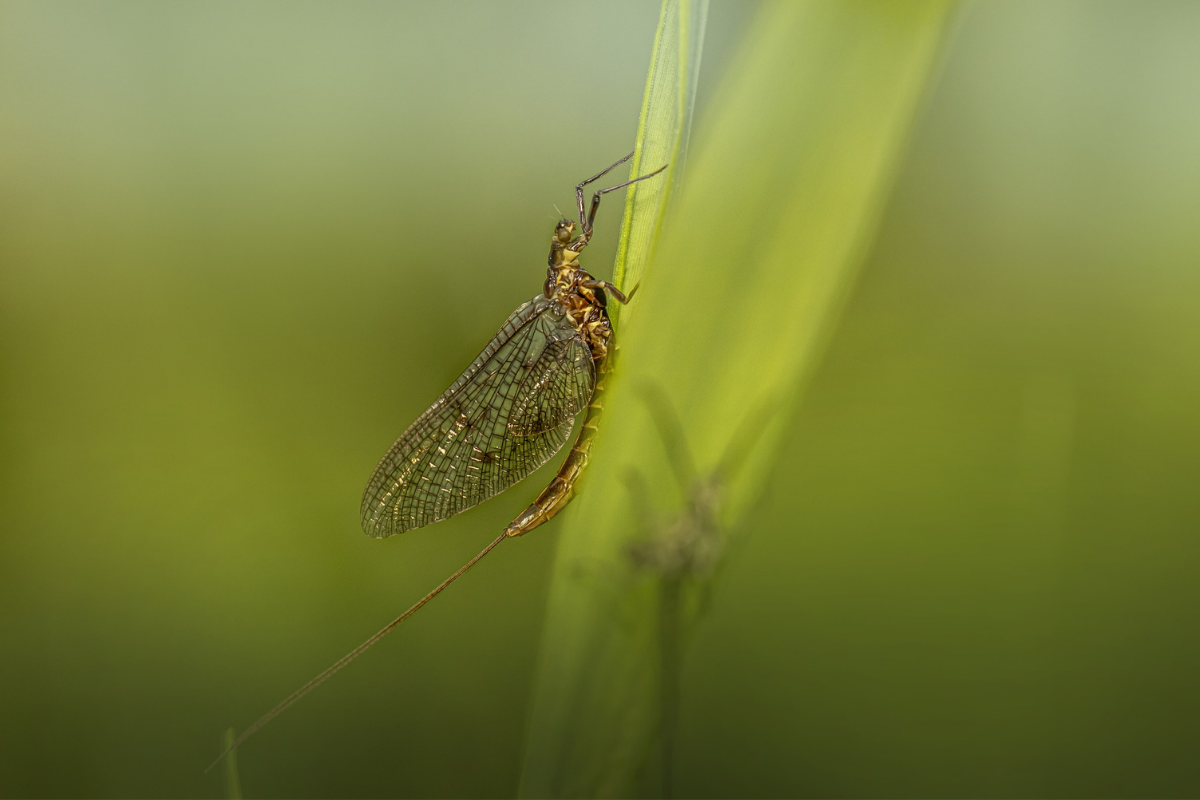
Swallowtail butterfly
The largest and one of the rarest UK native butterflies, the swallowtail butterfly is currently restricted to East Norfolk. The rarity of this species is due to the rarity of the plants on which it lays its eggs. Milk parsley is the sole food plant for swallowtail caterpillars, and so as countryside spaces with this plant disappears the habitat for this species decreases.
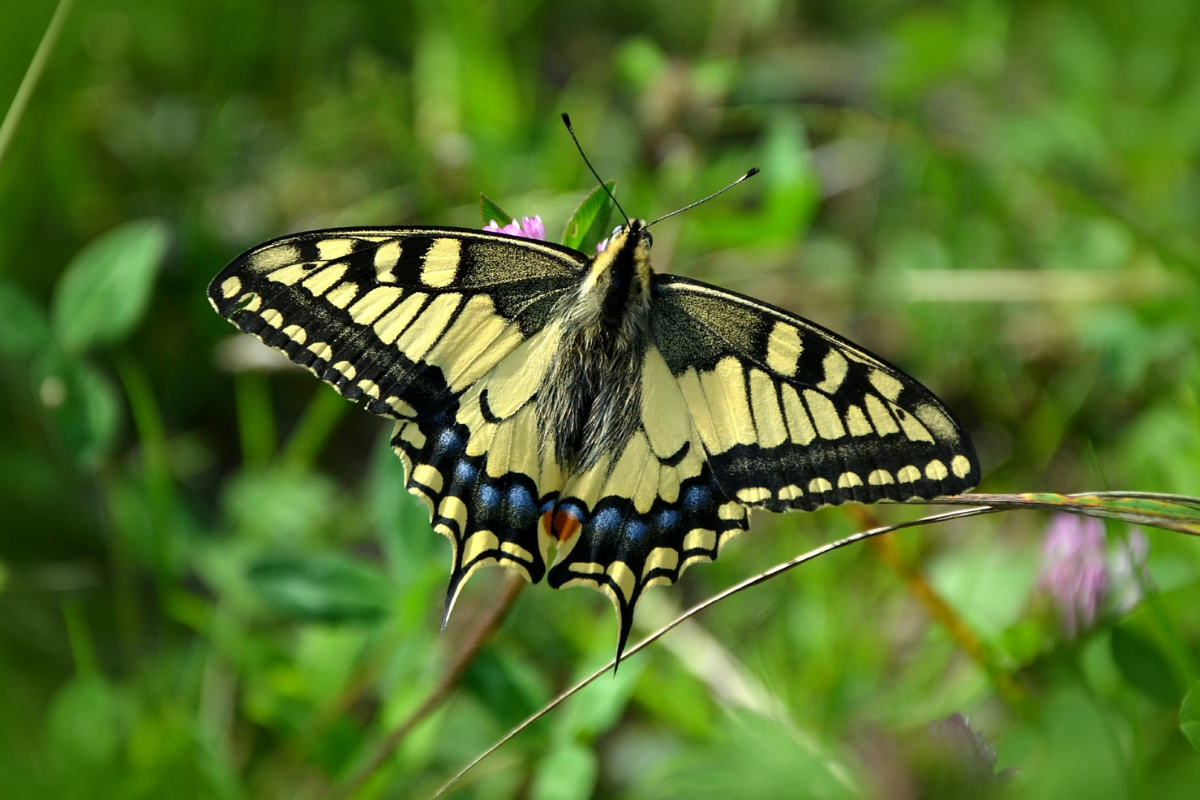
Birds
Many birds migrate over the summer months, for reasons ranging from breeding sites to food availability, and with some species doing so in large groups it is easy to see these migratory spectacles year after year as they return.
Swifts
- Swifts mate for life and return to the same nesting site year after year.
- Historically these nests would have been found in large trees, cliffs, and crevices, but present populations rely on buildings for nest sites.
- When not nesting, swifts spend all their time in the air. They are able to fly continuously for ten months straight.
- They are capable of speeds up to 70 miles per hour!
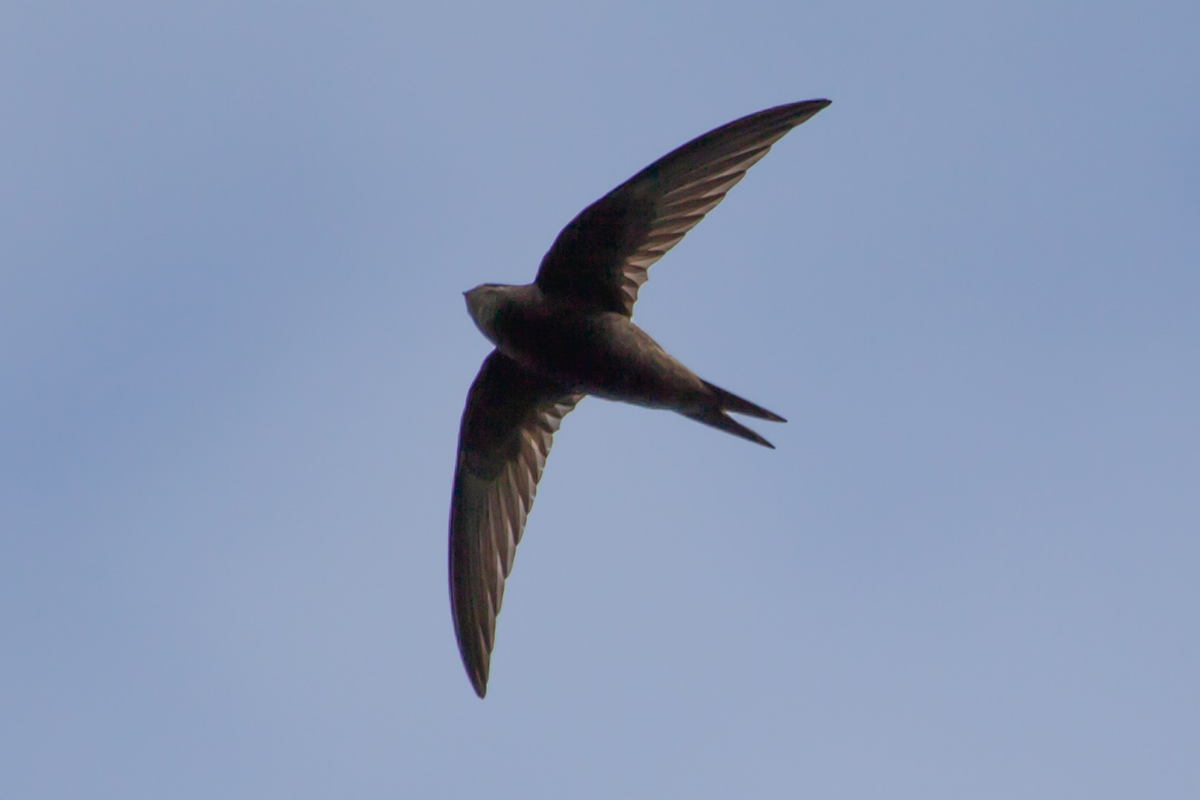
Barn swallows
- Being small and agile birds, barn swallows spend much of their time in flight hunting for prey.
- Their prey includes a range of small invertebrates which allow them to feed whilst in flight.
- From farmland to urban areas, swallows can be found wherever there is a supply of insects and access to water.
- Swallows are migratory birds, arriving in the UK between the months of March and August and staying throughout summer.
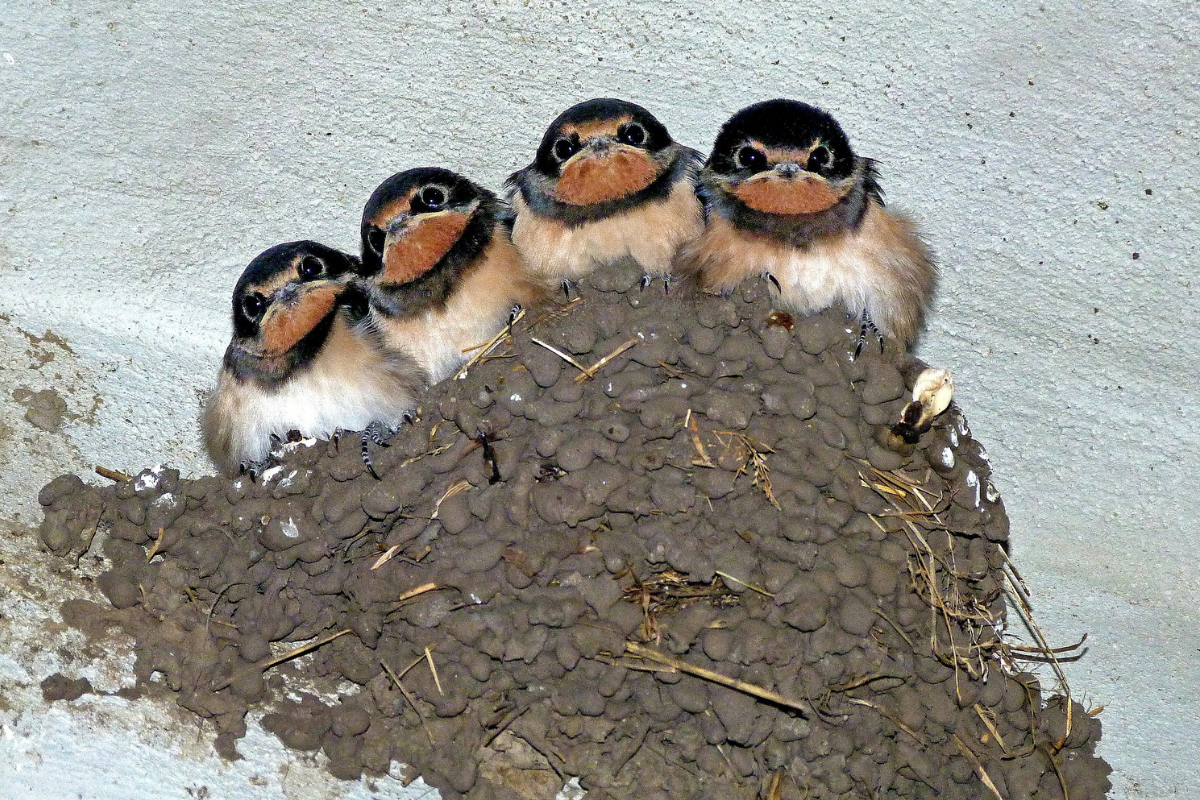
Eurasian hobby
- Typically seen around open areas with some trees or hedgerows, the Eurasian hobby is the second smallest falcon in the UK.
- Breeding from the months of May to August, these birds nest in the old nests of other birds such as crows commonly found in hedges.
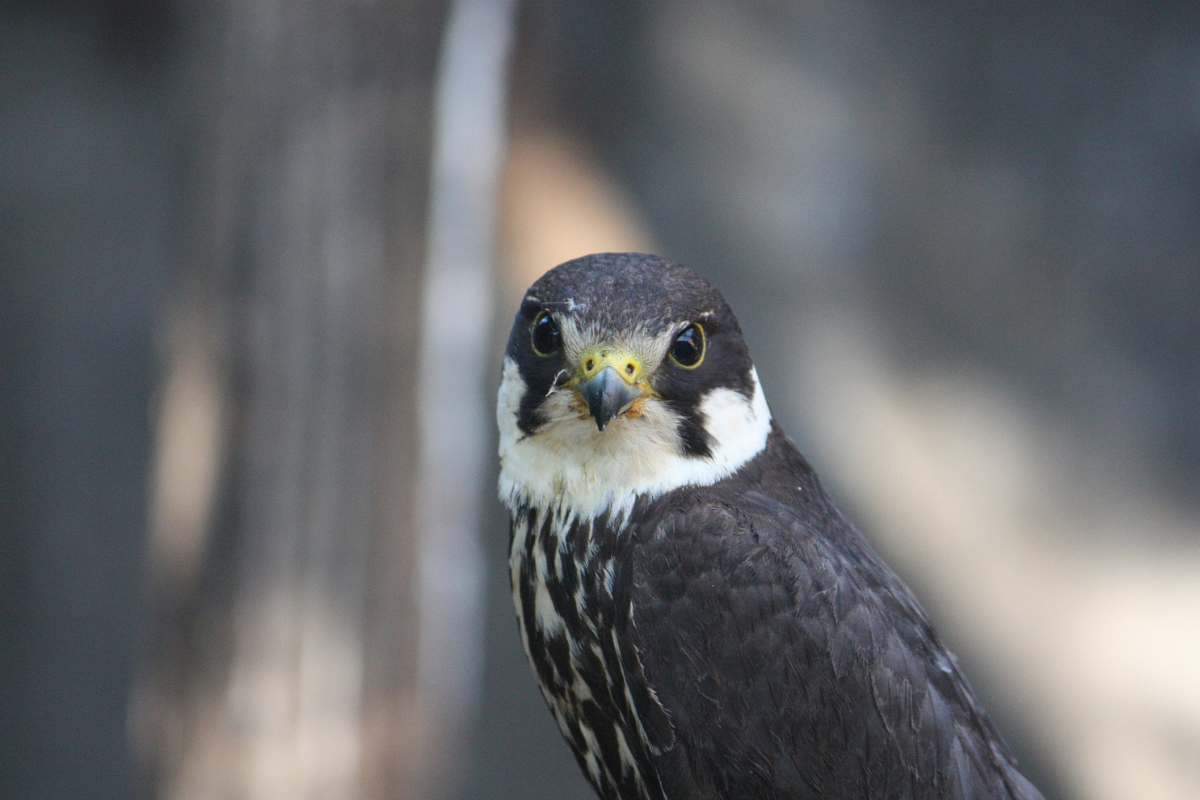
Amphibians and reptiles
The summer sun brings out the animals which rely on it following the hibernation which gets them through winter. From rocky walls to garden ponds, reptiles and amphibians can be seen moving around taking in all the warm summer sun they can.
Common Lizard
This is the most common and widespread reptile in the UK, meaning that wherever you are there is always a chance of spotting this creature.
- From moorland to woodland to grassland this reptile can be spotted basking on sunny days.
- Emerging from hibernation in spring, these lizards can be seen from March to October depending on the weather.
- As they are dull colours such as brown or grey, they are hard to spot unless you are looking for one. Look out on rocks and other basking spots.
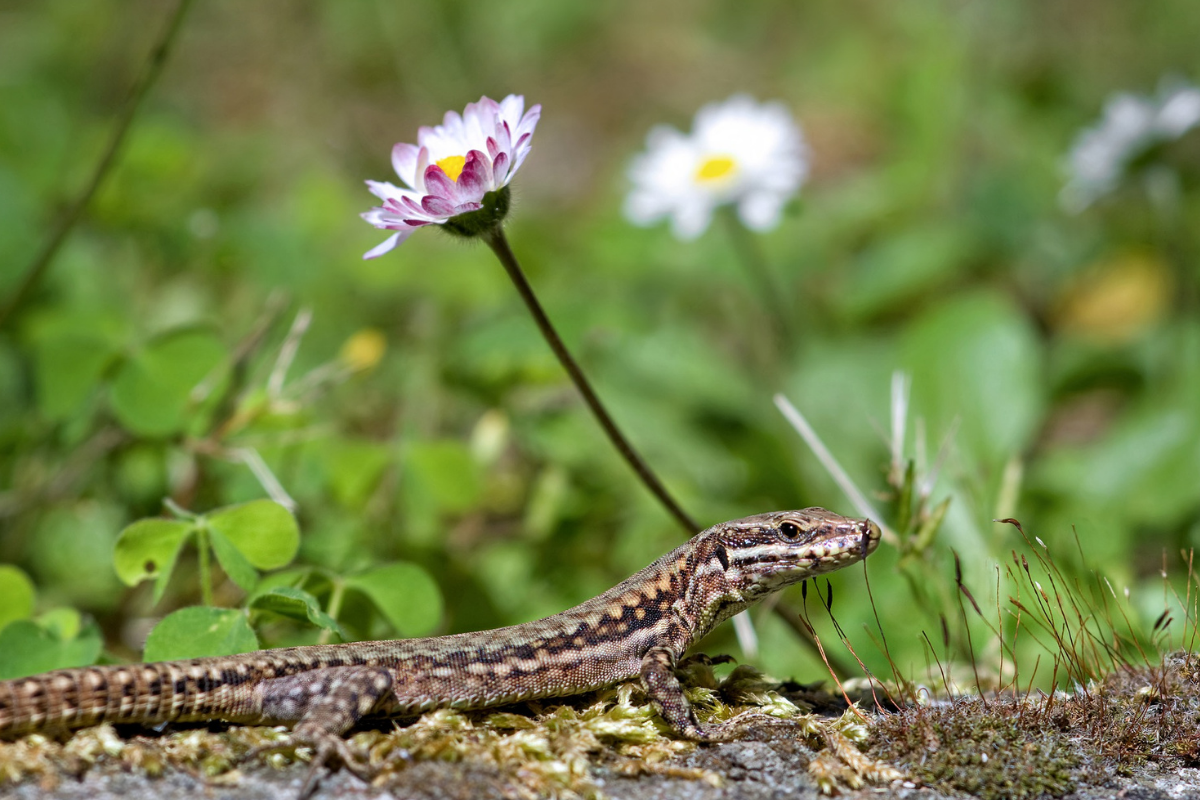
Common frog
An amphibian that many people will have seen at some point in their lives, the common European frog makes the most out of the UKs’ regular wet and muddy weather.
Growing and breeding in gardens and garden ponds means that they are often a common sight in gardens, especially after rain where they will venture out of water into overgrown areas such as hedges.
Frogs are common through most of the year, but spring and summer is when you will start to see tadpoles in their masses in garden ponds and their eggs in their raft-like structures.
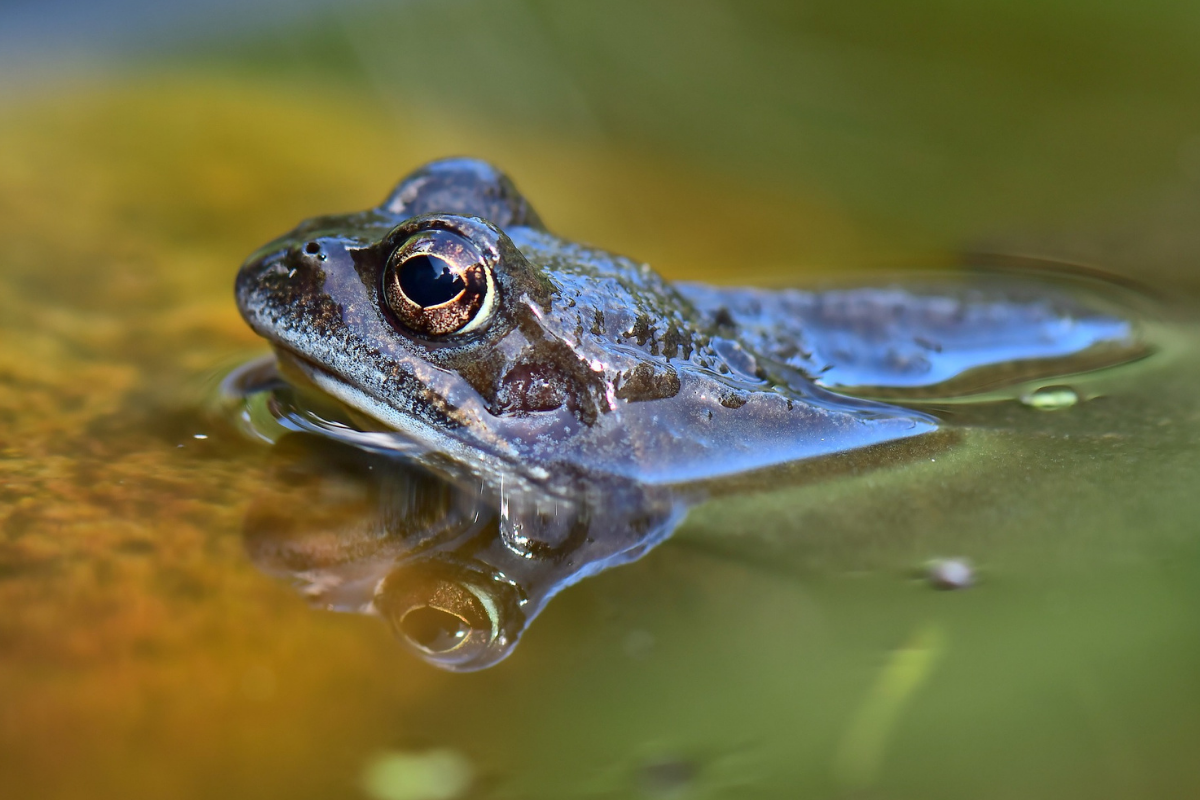
Smooth newt
The newt species you’re most likely to see in your garden pond, the smooth newt uses ponds as breeding sites in the spring and summer. Over summer newts migrate to ponds and other bodies of freshwater from areas such as woodland and marshes. They adjust their diet between insects, worms and slugs when on land to tadpoles, molluscs and crustaceans when in the water. So while you are more likely to see them in the water you may also see them hunting on land.
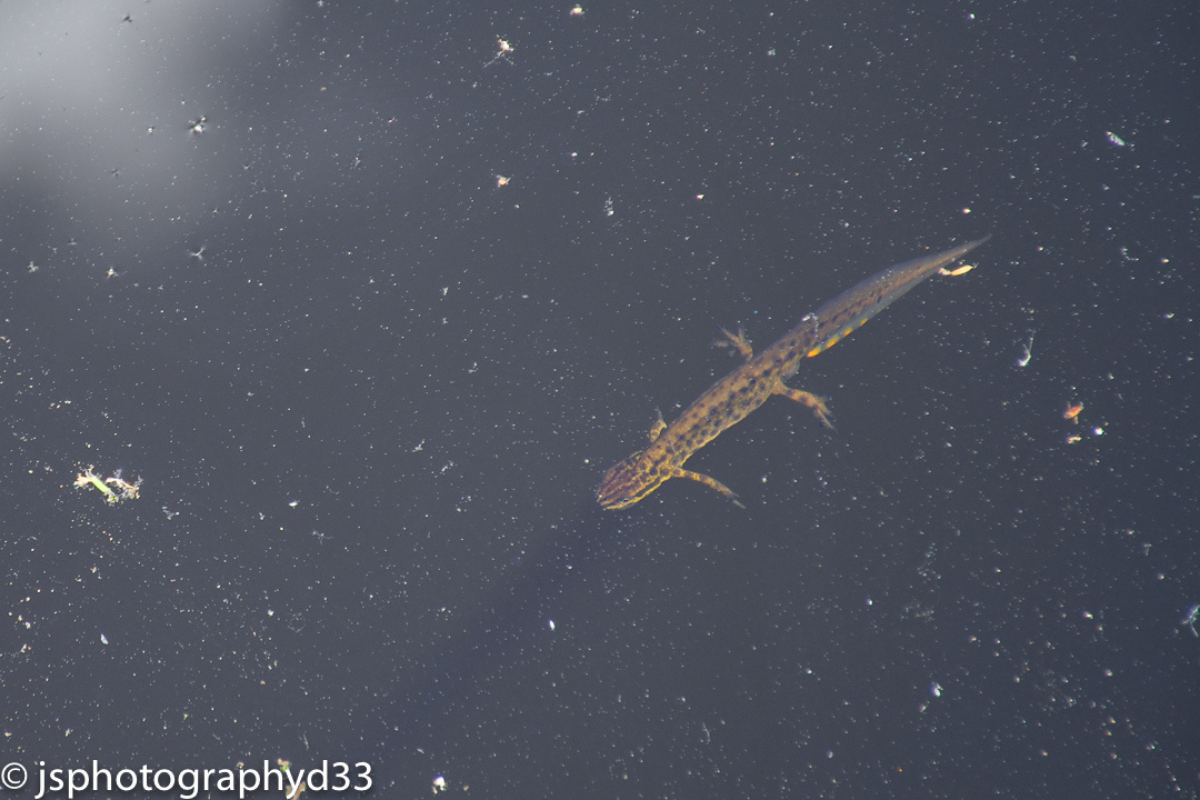
Photo credit: Jane Scott, Photographer in Residence
Plants
Although many plants may be present all year round, in spring and summer is when they truly make their presence known, let their flowers bloom and attract all sorts of wildlife. Without plants there wouldn’t be anywhere near as much wildlife as there is, so it’s only suitable that any interested in wildlife also learns about what makes it all possible.
Begonia
- A garden plant which provides large numbers of blooms.
- Something that’s needed for plants in a British summer is versatility, and begonias provide that.
- Managing to grow and bloom in both sun and shade, this plant can flower throughout summer up to the beginning of winter.
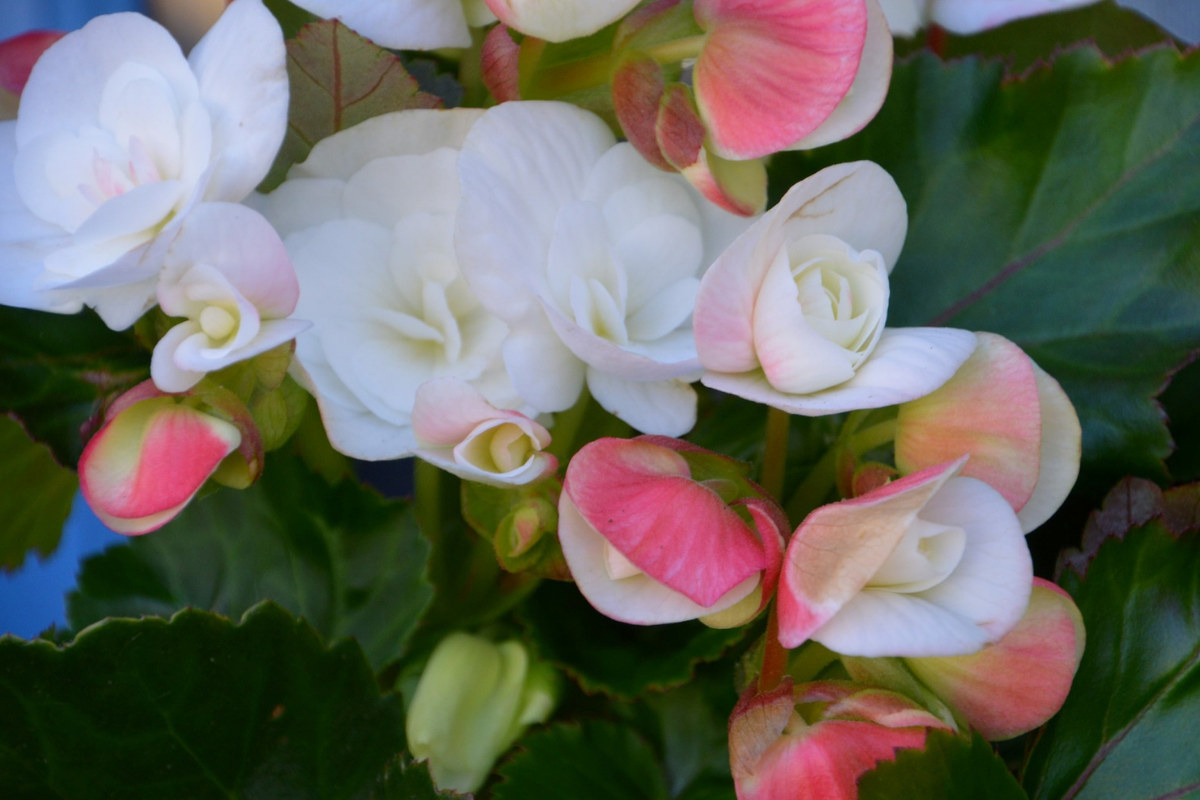
Pyramidal Orchid
- Found on grassland in midsummer, it flowers between June and July.
- Most noticeably, this plant has vibrant purple/pink flowers in a pyramidal shape.
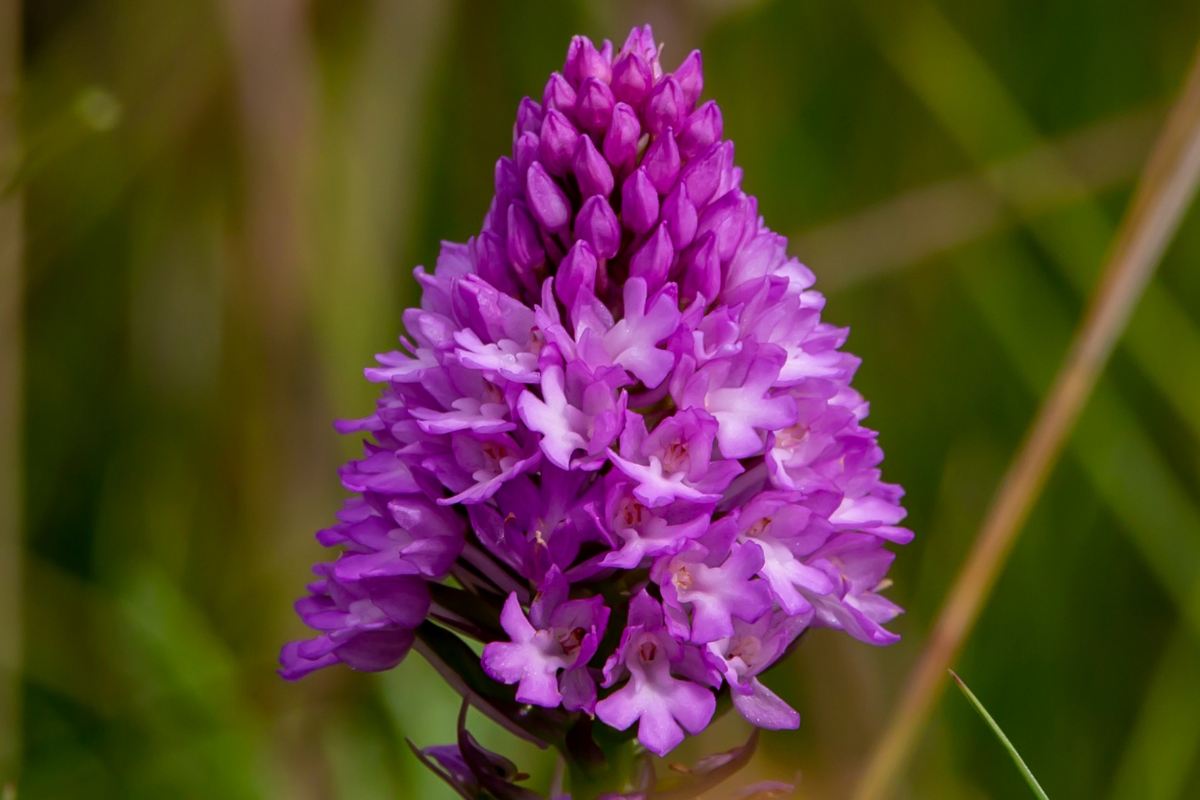
Thrift
- Found in coastal areas overlooking the sea, from sandy areas to rocky cliffs.
- The best time to see these plants is during the months of May, June, and July as it begins to flower in April.
- The flowers take on a pink colour when it does come into bloom.
- They have started to become more common in inland areas such as roadsides.
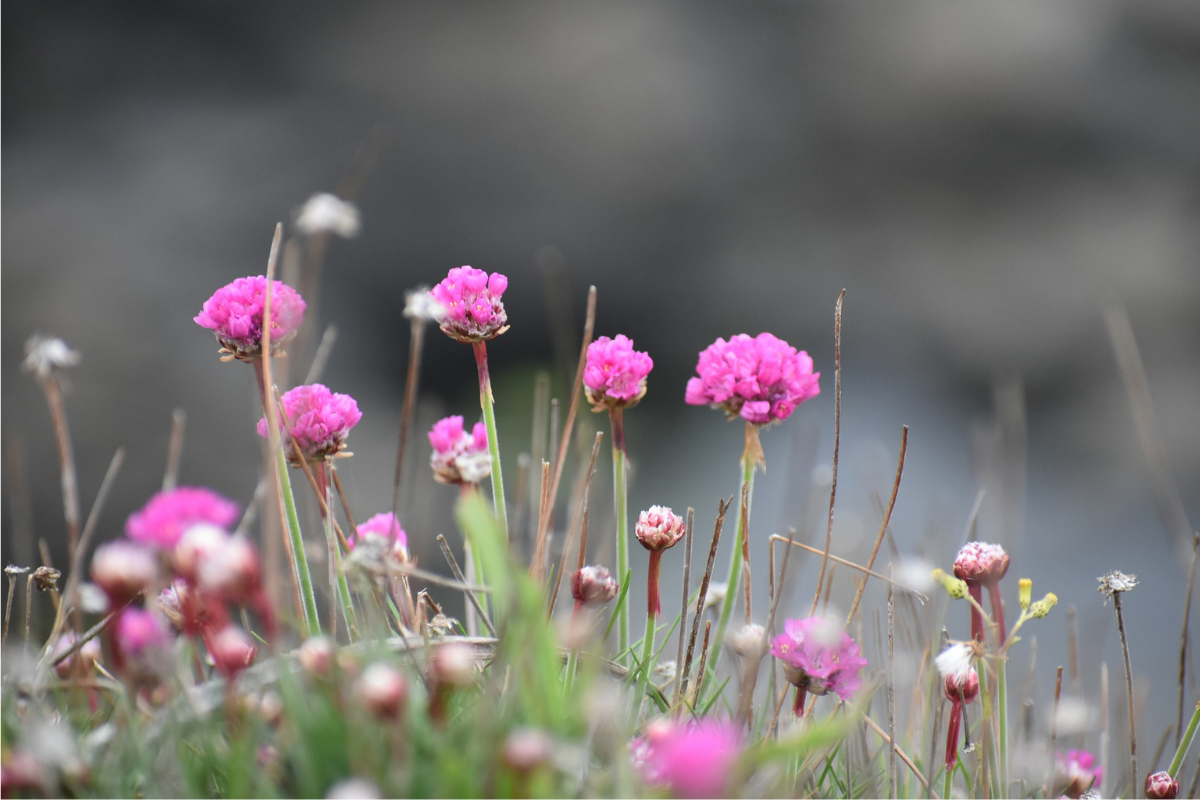
Daisy
- From pastures to gardens, daisies are a common summer plant and can be seen from March up until October.
- One of the most widespread wildflowers in the UK.
- This flower is unmistakeable with the iconic white petals with a yellow centre.
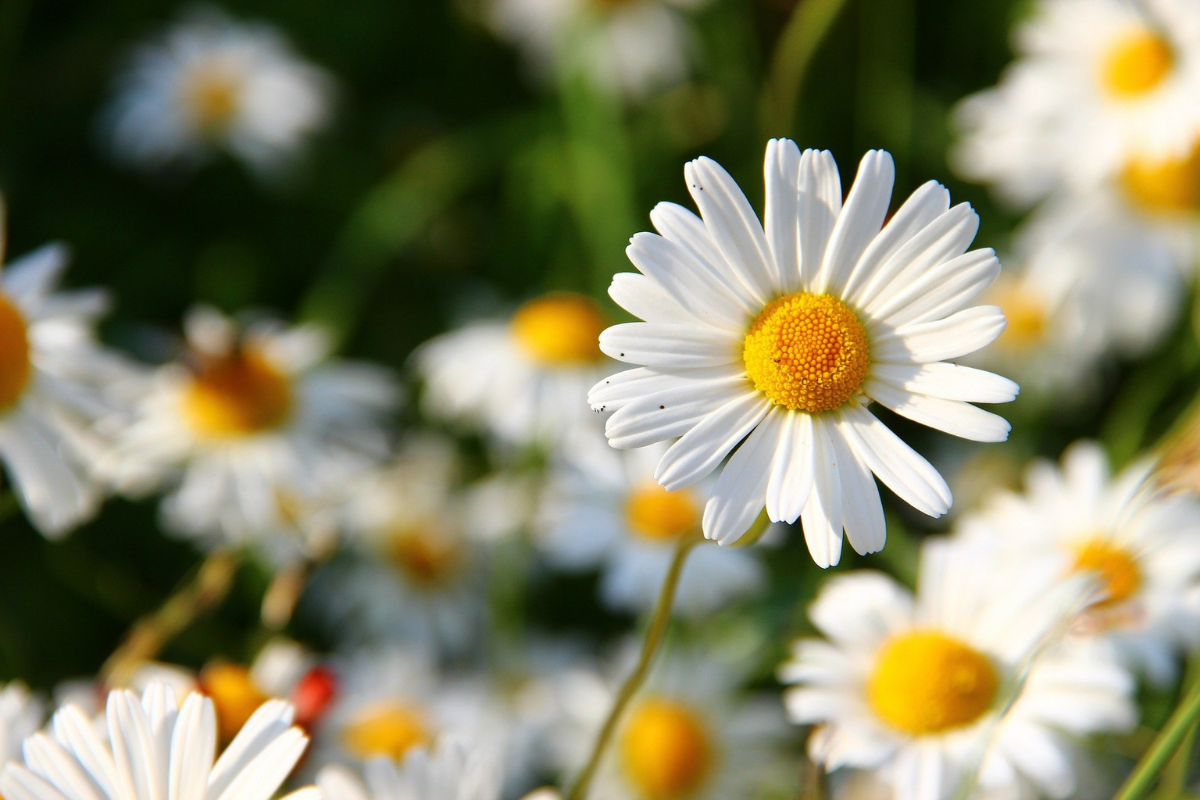
Summer brings so much more than meets the eye, and just looking that extra bit more can help you see a whole new world in your local area or even just in your garden. So, with all the sights, new life, and sun that comes with summer comes all new ways to make the most of it.
Make a difference for your local summer wildlife with our free action guides.
